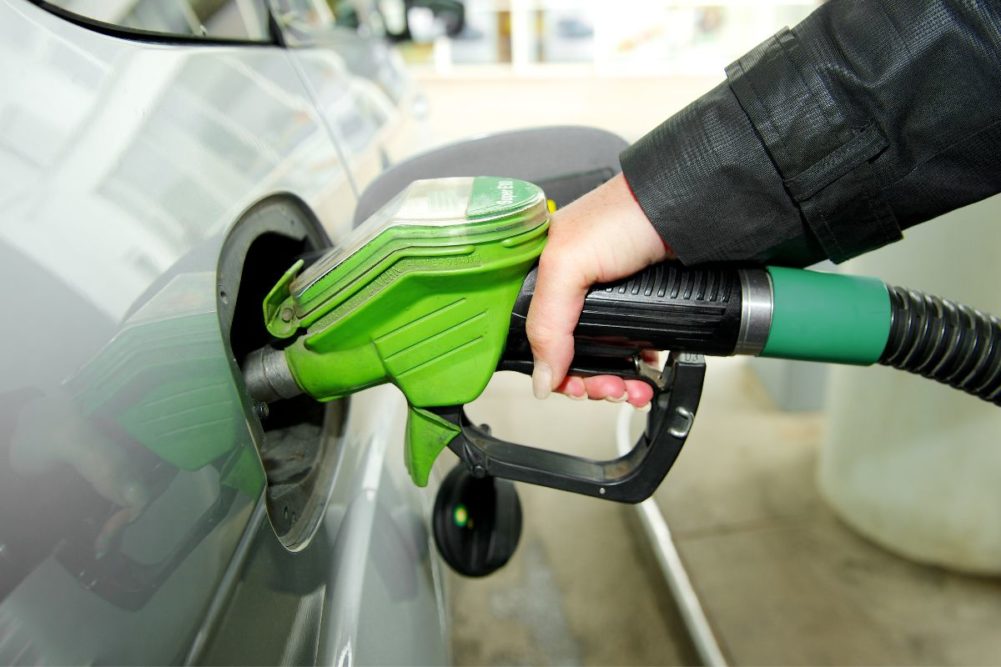WASHINGTON, DC, US — With total demand for gasoline stagnating over the next decade, blend rates will be the main determinant for future changes in ethanol demand, according to a new report by the Economic Research Service (ERS) of the US Department of Agriculture.
The report, Global Demand for Fuel Ethanol Through 2030, summarizes the global fuel ethanol market and makes projections for future ethanol demand.
The ERS made projects under a “historical blends” scenario, where countries continue to blend ethanol at historical rates and a “targeted blends” scenario, where countries fully meet stated ethanol blending targets or mandates.
US gasoline consumption projections to 2030 see changes ranging from a 4.5-billion-gallon decrease to a 7.2-billion-gallon increase, compared to 2021, according to the Energy Information Administration (EIA).
The EIA also said US consumption of ethanol and E85 is expected to increase between 196 million gallons and 1.4 billion gallons above 2021 levels.
“The projected increase in ethanol consumption across all scenarios — despite falling gasoline consumption in some scenarios — is due in part to EIA’s assumption that the Renewable Fuel Standard will increase total US consumption of renewable fuels,” the study said.
Under the “historical blends,” international fuel ethanol consumption is projected to increase by 750 million gallons (5.7%) between 2018 and 2030 and by 950 million gallons (7.4%) between 2021 and 2030.
The projected 2018 to 2030 increase primarily is driven by an increased demand of 234 million gallons in India, 276 million gallons in Brazil, and 347 million gallons in China.
The projected 2021 to 2030 increase primarily is driven by an increased demand of 113 million gallons in Thailand, 193 million gallons in China and 739 million gallons in Brazil.
Under the “targeted blends” scenario, international fuel ethanol consumption is projected to increase by 23.7 billion gallons (180%) between 2018 and 2030 and by 23.4 billion gallons (173%) between 2021 and 2030.
The largest increases from 2018 to 2030 are projected to occur in Canada (3.3 billion gallons), China (5.6 billion gallons), and Brazil (6.4 billion gallons).
The largest increases from 2021 to 2030 also are projected to occur in Canada (3.4 billion gallons), China (5.5 billion gallons), and Brazil (6.9 billion gallons).
Taken together, the scenarios present an evaluation of fuel ethanol consumption outside the United States over the next decade. The historical scenario represents an ERS estimate under current trends, and the targeted scenario represents a potential upper boundary based on certain policy and market scenarios. The study does not assign the likelihood of any policy being implemented or discontinued.




